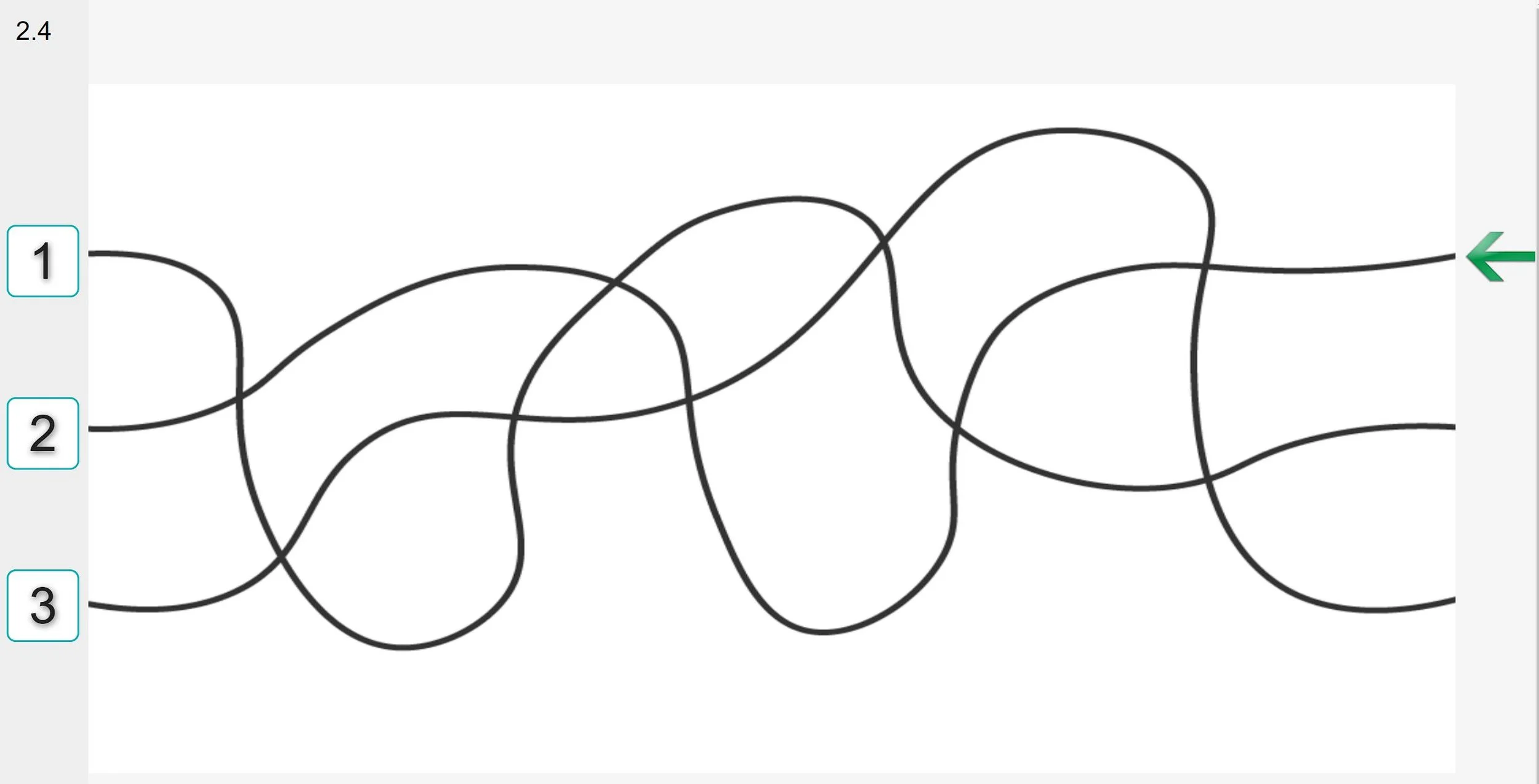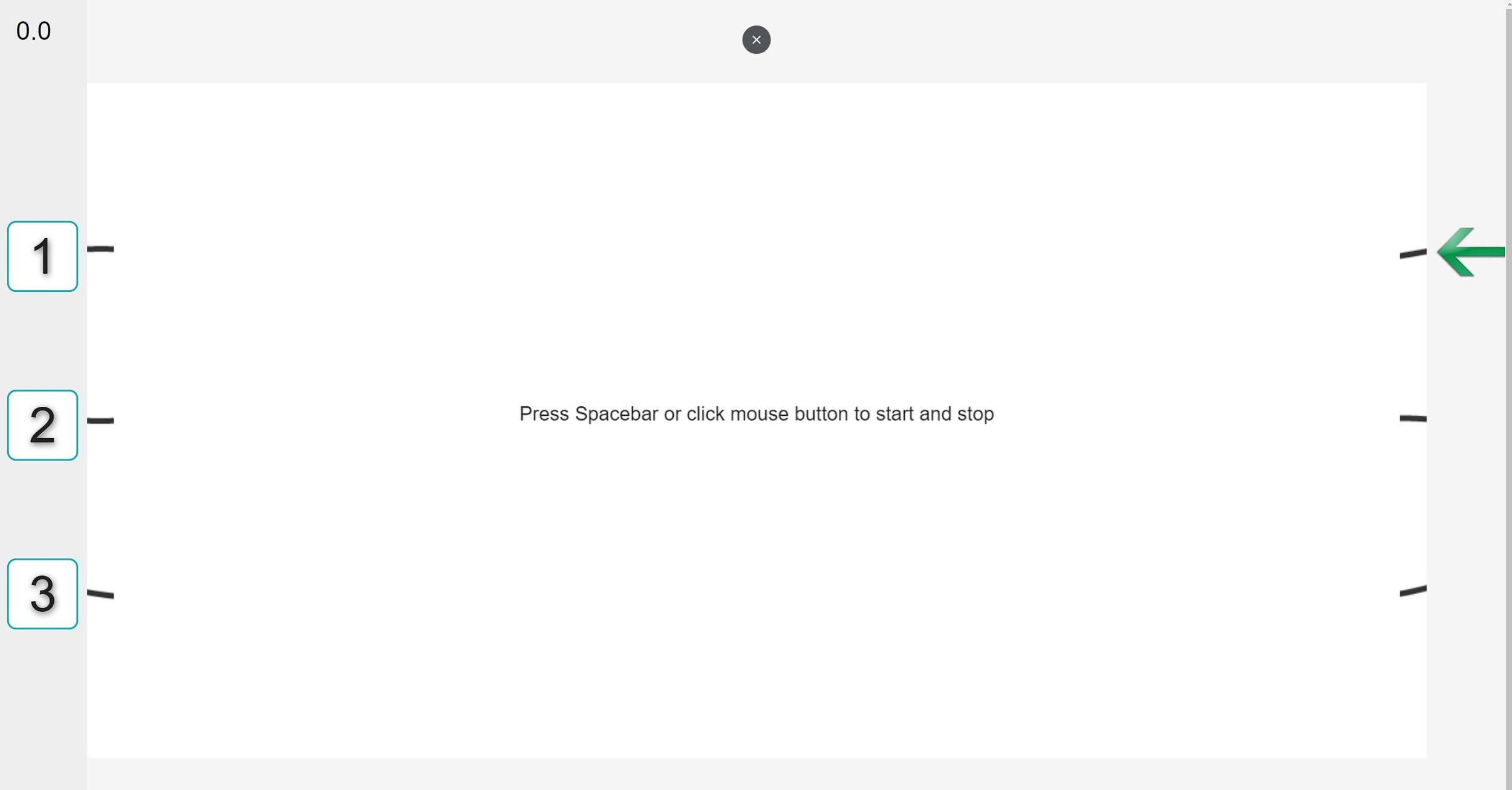Line tracing
Line Tracing is another of the activities which fall under the phrase: “Close To”. Here they will learn how to distribute their visual attention to perform this task. The loops are an aid to help them stay “close to” visually that which is important; the line to be followed. Over time, they will learn how to do this with less and less help from the loop.
Dr. William “Bill” Vincett, from Pittsburgh, PA, put together a host of resources which have become a staple for offices offering VT. On the left below is a picture of the books created by Bill for our use. These are available from OEP on their website. On the right below are two different sets of “Loops” that we use in the early phase of this activity. The three loops on the left were made in the UK and the three loops on the right were made in Denmark. Look in the future for loops with the Opsis logo!
Perceptual Training Books - Visual Tracing on the far left is the one we will use here.
Two different sets of loops
Below are two samples from section “B” in the Visual Tracing book. As you progress from the early part of the book to the later part of the book the patterns get more complex, more cluttered and the lines are closer together at various points. As we work through the book, the patient is learning how to distribute their attention to look ahead while at first guiding the loop along the line and eventually guiding their fixation through the lines without the assistance of the visual field being structured by the loop.
In the early phase of working through the book, the patient begins using the smallest loop available. They begin with a number in the center of the loop and slowly move the loop along the line always keeping the line in the center of the loop. If at any moment none of the line is visible in the loop, then the patient is to start over again. This activity rewards accuracy and helps to build visual attention and visual vigilance. The value of the small loop in the beginning is that when navigating a cross-over point or a place where several lines are in parallel and in close proximity, the loop helps to say “look here”.
As they progress through the book, they should move to a larger and larger loop. The larger the loop, the more keeping track of what is important, what is salient, and what is not in the area of the loop falls onto the patient. The larger loops are easier to keep the line centered in but there is more responsibility on the patient to know where to look and what is THE line they are tracing. Over time they should progress to the large loop and eventually to performing the visual tracing without the assistance of the loop or their finger.
Line Pattern 1
Line Pattern 2
HOME PRACTICE: Photocopies of the different sections of this book can be sent home with loops. A less expensive option for loops to send home would be to get soft pipe cleaners and bend them to the size you want the patient working with that week and taping them to a pencil or suitable holder. We want to foster good pencil grips and it makes the activity easier to not have their fingers close down towards the loop itself.
THE USUAL STUFF ABOUT PATCHES AND HANDS AND GRIP:
We will have the patient explore this with and without a patch. Each visual channel should be able to direct each hand in both directions around the race track. Ultimately, this should be done with both eyes open and in a free and easy manner.
The wonderful program, VisionBuilder by Jan Erik Haraldseth of Norway, provides you with a way to work this either in the office or for your patient to practice this at home.
When done, the patient hits the spacebar again and then clicks on the the endpoint they got to. The program keeps track of time and accuracy and has many different levels. Above is an image of a level 1 challenge.
Once they hit START, the screen opens up with the beginning and ending places shown with the Green arrow giving the start place of the line to be tracked. When the spacebar is hit the view opens up fully.
This is one from difficulty level 4.









